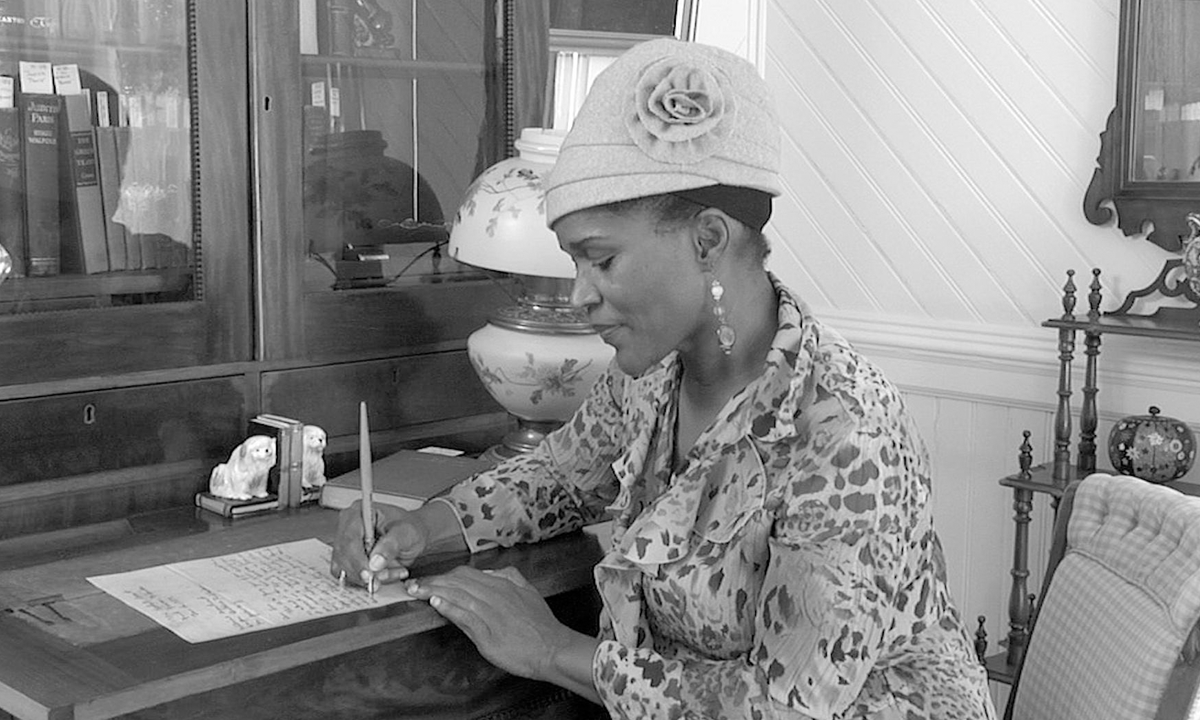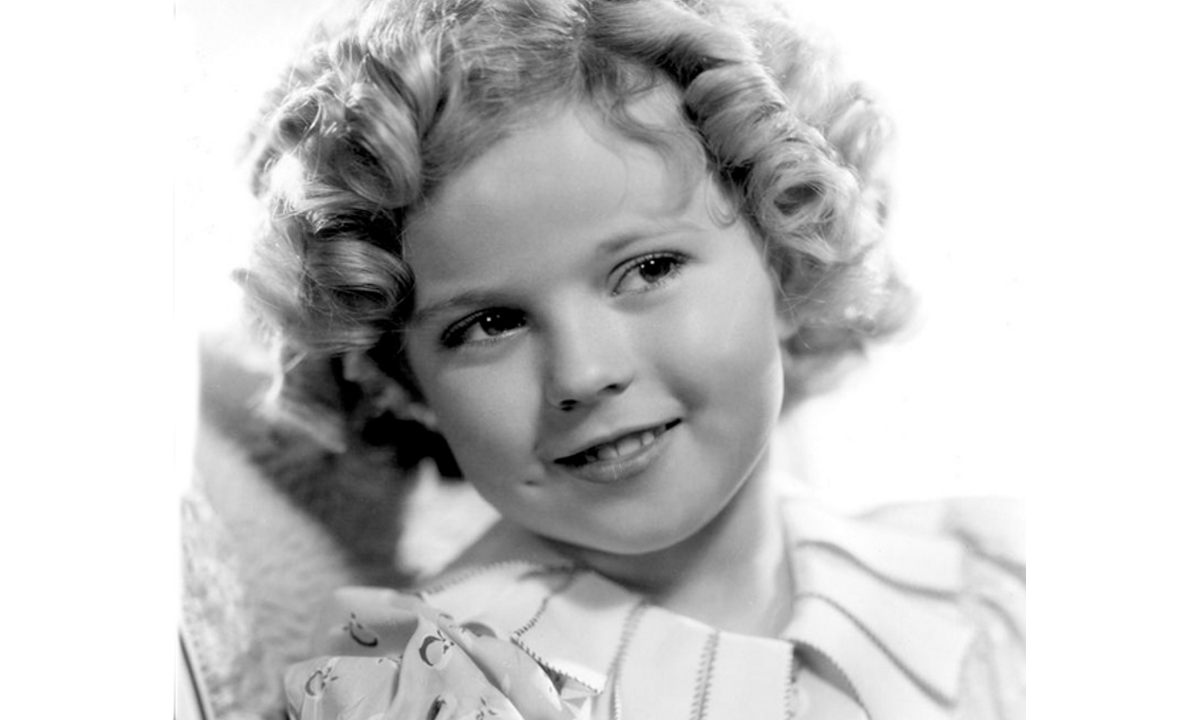A staple of the Harlem Renaissance, whose story reflected the struggles and dreams of all Americans, the author, and activist Zora Neale Hurston made her start in Notasulga, Alabama, on January 7, 1891.
At the time period she was born, African-American women were especially treated unfairly in the south. Even though the Civil War ended slavery, Zora was still exposed to the lingering racism and injustice of the South which she fought along with other issues throughout her life. Though she had many setbacks, Hurston was too motivated and persistent to be held back for long
Zora was the daughter of two former slaves. Her father worked as a pastor. Her mother passed away in 1904. To maintain herself financially, Zora took on several jobs, including one as a maid for an actress on tour with the Gilbert Sullivan group. Her ultimate goal was to receive an education. Finally, in 1920 she obtained an Associate’s Degree from Howard University, where she published her earliest works in the school newspaper. After college, she moved to Harlem which would become the center of a crucial revival of black culture. Here she thrived.
Living in Harlem in the 1920s, Zora met big names like Langston Hughes, jazz poet and musician, and poet Countee Cullen. Harlem in the early 20th century attracted black artists, poets, and authors who came in rejection of the caste system of the South. Here they sought self–expression and pride in their culture. Zora’s apartment was a popular spot for social gatherings. Here she experienced some early success in contests in Opportunity magazine.
Her love for culture and storytelling was rekindled when she returned to school at Barnard College. There she studied anthropology and how humans interact across cultures. She used this knowledge when she returned to Florida in 1927 to begin collecting African-American folk tales. She created her collection “Mules and Men” (1935).
Zora continued exploring art through many projects, including collaboration on a play with Langston Hughes which displayed the Negro life in comedic fashion. Zora released “Jonah’s Gourd Vine” her first novel in 1934. Two years later she obtained a Guggenheim Fellowship which allowed her to write her most famous work “Their Eyes Were Watching God” (1935). In 1952, Zora got involved in a murder trial through her coverage of the judges and how the court conducted the investigation. She continued to write, though she struggled financially, until her death in 1960.
According to John McWhorter, an Associate Professor from Columbia University, Hurston was “America’s favorite black conservative.” Truthfully, Zora was quite conservative compared to her colleagues who sympathized with the Soviet Union and Franklin Roosevelt’s New Deal policies. Hurston believed in foreign policy non-interventionism as well as feminist individualism. Both of those aspects contributed to black cultural revival and continuity, themes close to Zora’s heart. Zora’s resilience, especially at a time when it was harder for people like her to succeed, shows the great accomplishment that comes with ambition and passion. Hurston’s ability to uphold her values, both cultural and Republican, displayed her resilience and love.


